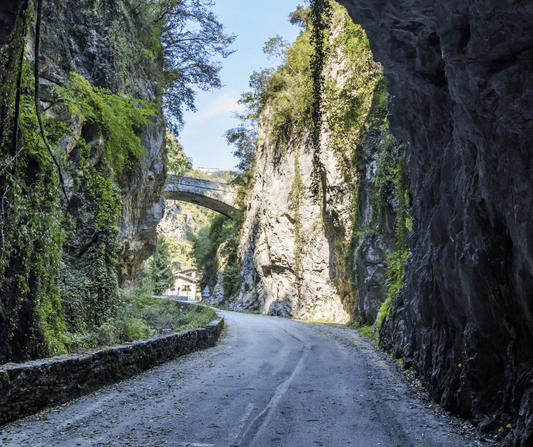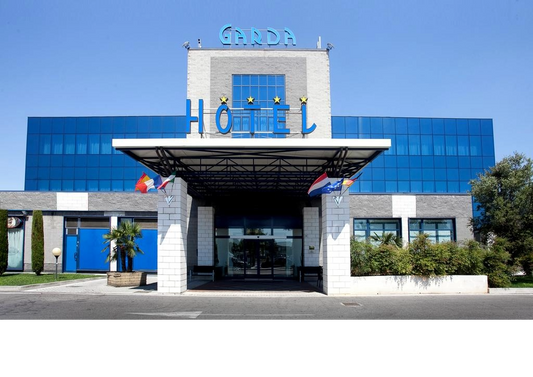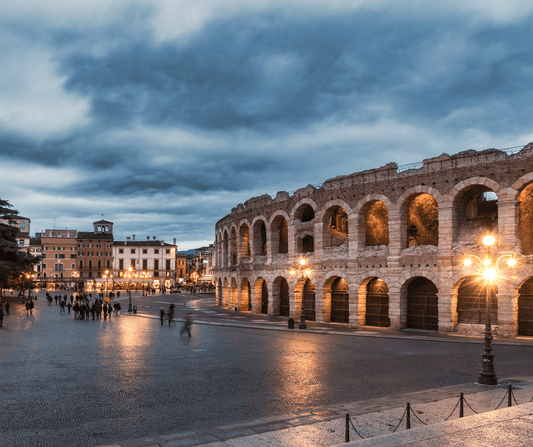Prosecco del Lago di Garda – Italian Tradition and Taste
A Journey Through the Bubbles of Garda
Anyone who has visited Lake Garda knows how fascinating it is: the sparkling waters, the rolling hills and a climate that feels like a holiday all year round. But there is another treasure that perhaps not everyone knows about: Prosecco del Garda. This elegant and fresh sparkling wine is winning over more and more enthusiasts, thanks to its quality and its connection to a unique territory. But what makes it so special? Let's find out together!

A Dive into History: Prosecco and Its Roots
The history of Prosecco is fascinating and rich in tradition. Although the name is often associated with Veneto and Friuli-Venezia Giulia, the Lake Garda area has developed its own production that has little to envy of the more renowned regions. Here, among sun-kissed hills and mineral-rich soils, the vine grows luxuriantly, giving wines with a unique and unmistakable character.
A Perfect Climate for Perfect Bubbles
If you are wondering why Prosecco del Lago di Garda has such a fresh and harmonious taste, the answer is simple: the microclimate. The lake acts as a natural thermoregulator, mitigating the winters and refreshing the summers. This temperature range allows the grapes to ripen slowly, preserving the fruity aromas and the right acidity.
Prosecco vs. Other Sparkling Wines: What Are the Differences?
Many people confuse Prosecco with Champagne or Franciacorta, but the truth is that each sparkling wine has its own personality. Prosecco is produced with the Charmat Method , which involves fermentation in an autoclave. This method enhances the freshness and fruity aromas, unlike Champagne and Franciacorta, which use the Classic Method (fermentation in the bottle), giving a more complex and structured taste.

From Vineyard to Bottle: The Production Process
Prosecco production is an art that combines tradition and innovation. Here are the main phases:
-
Harvest : The grapes, mainly Glera, are hand-picked to ensure maximum quality.
-
Pressing and Fermentation : After harvesting, the grapes are gently pressed and the resulting must ferments at a controlled temperature.
-
Second Fermentation : The base wine is transferred to large autoclaves for refermentation, which creates the characteristic bubbles.
-
Bottling : Once the right level of effervescence has been reached, the Prosecco is filtered and bottled, ready to be enjoyed.

How to Enjoy Prosecco at its Best
Prosecco is a versatile wine, but to appreciate it to the fullest, follow these simple tips:
-
Ideal temperature : 6-8°C, to enhance freshness.
-
Right glass : A tulip glass is best to concentrate the aromas.
-
Perfect moment : On its own as an aperitif, or as an accompaniment to light dishes.
Perfect Pairings: What to Eat with Prosecco?
Prosecco is perfect with:
-
Light appetizers : Bruschetta, fish carpaccio, fresh cheeses.
-
Fish dishes : Mixed fried fish, tuna tartare, seafood risotto.
-
Delicate desserts : Fruit tarts, light tiramisu.
Frequently Asked Questions (FAQ)
1. Is Prosecco from Lake Garda different from that from Veneto?
Yes! The Garda terroir gives the wine a more mineral and fresh character.
2. What is the average alcohol content of Prosecco?
Usually between 11% and 12%, making it light and drinkable.
3. Can Prosecco be stored for a long time?
Best drunk young, within 1-2 years of purchase.
4. What cocktails can you make with Prosecco?
Try the Spritz , the Bellini or the Hugo , all fresh and delicious!
5. Is Prosecco always sweet?
No! It can be Brut (dry) , Extra Dry (slightly sweet) or Dry (sweeter) .

Conclusion: A Glass of Prosecco to Celebrate Life
Prosecco del Lago di Garda is more than just a wine: it is an experience, a journey through the flavors of a wonderful land. Whether you sip it on the lake shore, during an aperitif with friends or to accompany a special dinner, one thing is certain: every sip contains the best of Italy. Cheers!








